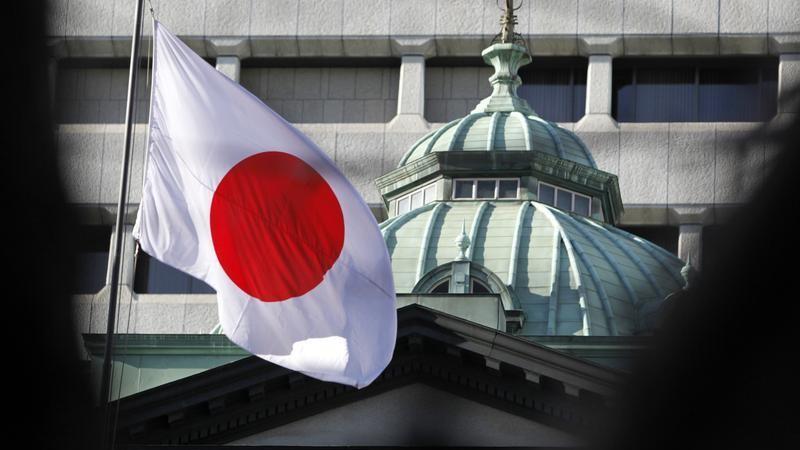
Japan’s central bank raised its benchmark interest rate on Tuesday for the first time in 17 years, bringing an end to a long-standing policy of negative interest rates intended to boost the economy. At a policy meeting, the Bank of Japan raised its lending rate for bank borrowing from minus 0.1% to a range of 0 to 0.1%, confirming expectations of a shift away from ultra-loose monetary policy.
This was the first rate hike since February 2007
This was the first rate hike since February 2007. The negative interest rate policy, along with other measures to pump money into the economy and keep borrowing costs low, “have fulfilled their roles,” Bank of Japan Governor Kazuo Ueda told reporters.
The bank has a 2% inflation target, which it used to determine whether Japan had finally overcome deflationary tendencies. However, it remained cautious about “normalizing” monetary policy, or ending negative borrowing rates, despite data showing inflation at around that rate in recent months.
Ueda stated that there is “a positive cycle” of gradual wage and price increases while stressing that monetary policy will remain easy for some time.
Private-sector banks and other financial organizations will make their own rate decisions
Although private-sector banks and other financial organizations will make their own rate decisions, he does not expect any significant increases. He added that the central bank will keep an eye out for any significant rate changes that could cause confusion.
“We made the decision because we foresaw stable and continuous 2% inflation,” he added.
Another factor contributing to the shift: Japanese companies have announced relatively large wage increases for this year’s round of negotiations with trade unions.
Wages and profits at companies were improving, according to the Bank of Japan’s latest decision, which cited “anecdotal” accounts as well as recent data.
“Japan’s economy has recovered moderately,” according to the report.
For many years, the Bank of Japan has kept borrowing costs extremely low to encourage consumers and businesses to spend and invest
The market reaction was muted, as the decision had been expected following Japanese media reports earlier this week. Tokyo’s benchmark Nikkei 225 index rose nearly 0.7% on Tuesday, while the dollar remained stable at around 150 yen.
Analysts believe the bank will not rush to change its overall easy lending framework and will continue to closely monitor prices.
Harumi Taguchi, principal economist at S&P Global Market Intelligence, believes inflation could fall below 2%, and wage increases may not always result in robust consumer spending if people choose to save rather than spend.
“While the bank’s decisions will contribute to improving the functioning of financial markets, the impact on the real economy is likely to be limited,” according to analysis by S&P Global Market Intelligence.
Ueda had repeatedly stated that the central bank would reconsider its negative interest rate and other easing measures if the 2% inflation target was met and wage increases were implemented.
The Japanese central bank’s policy differs significantly from that of the United States Federal Reserve and the European Central Bank. Both have been lowering interest rates after rapidly raising them to combat inflation.
For many years, the Bank of Japan has kept borrowing costs extremely low to encourage Japanese consumers and businesses to spend and invest, thereby helping to sustain stronger economic growth.
